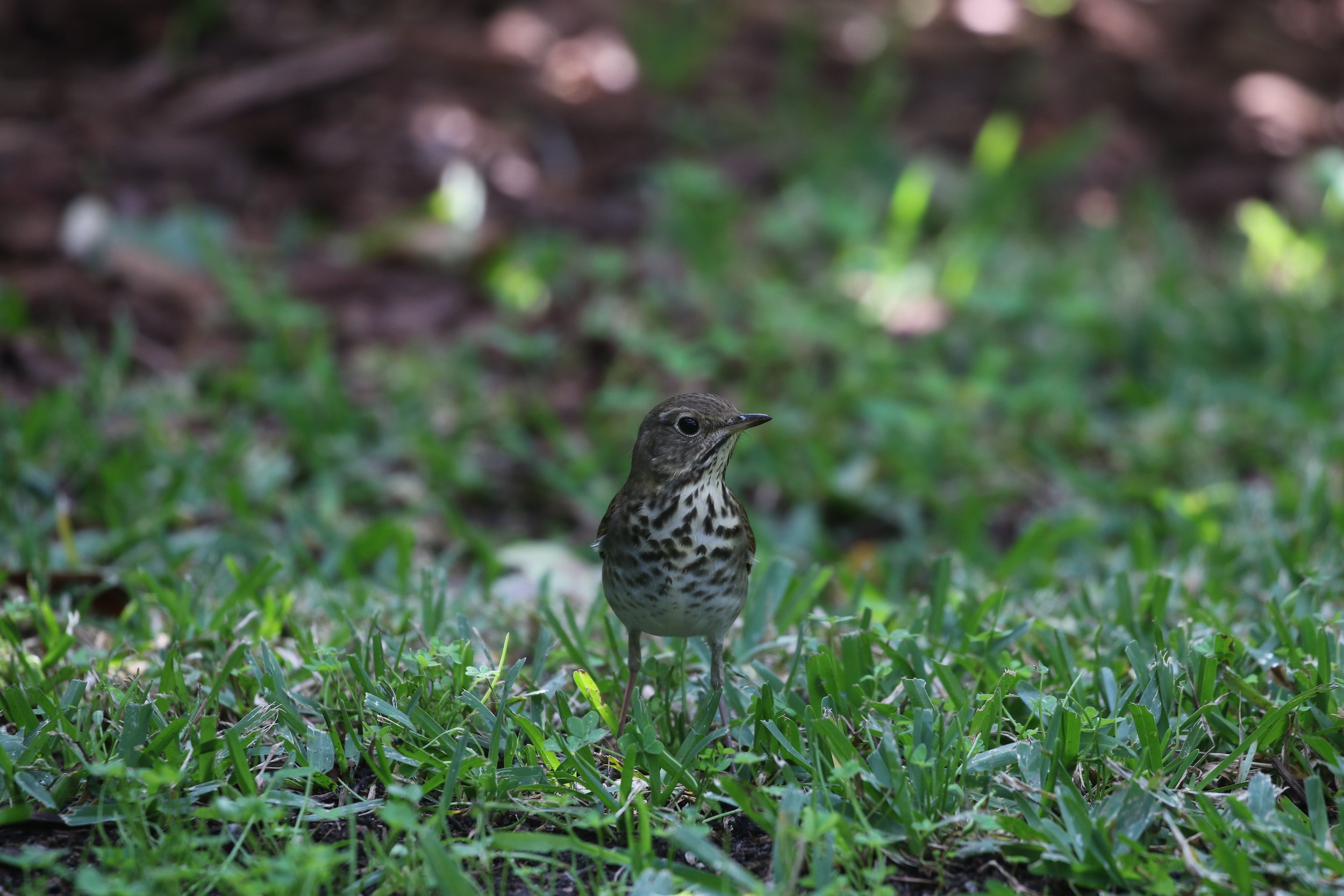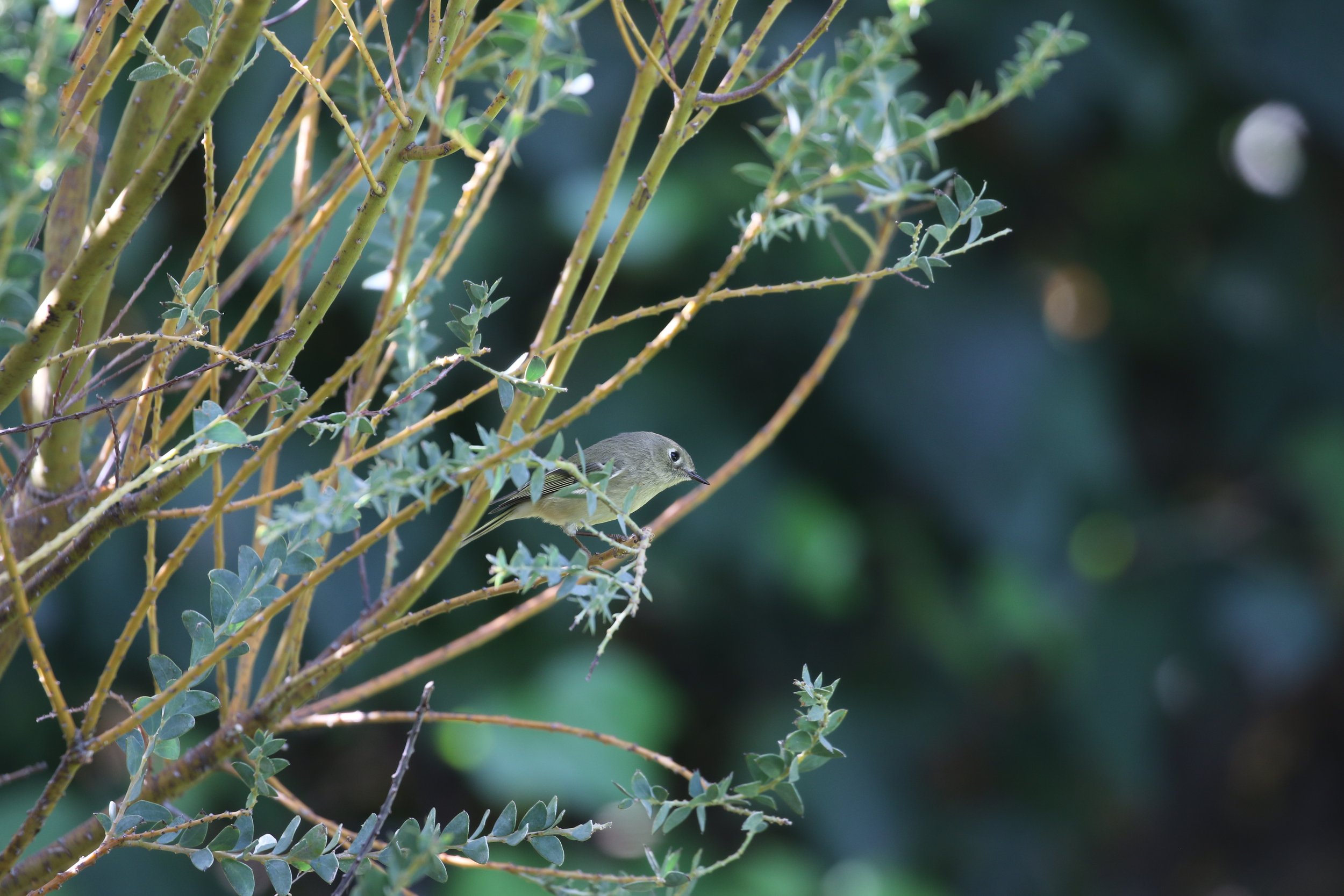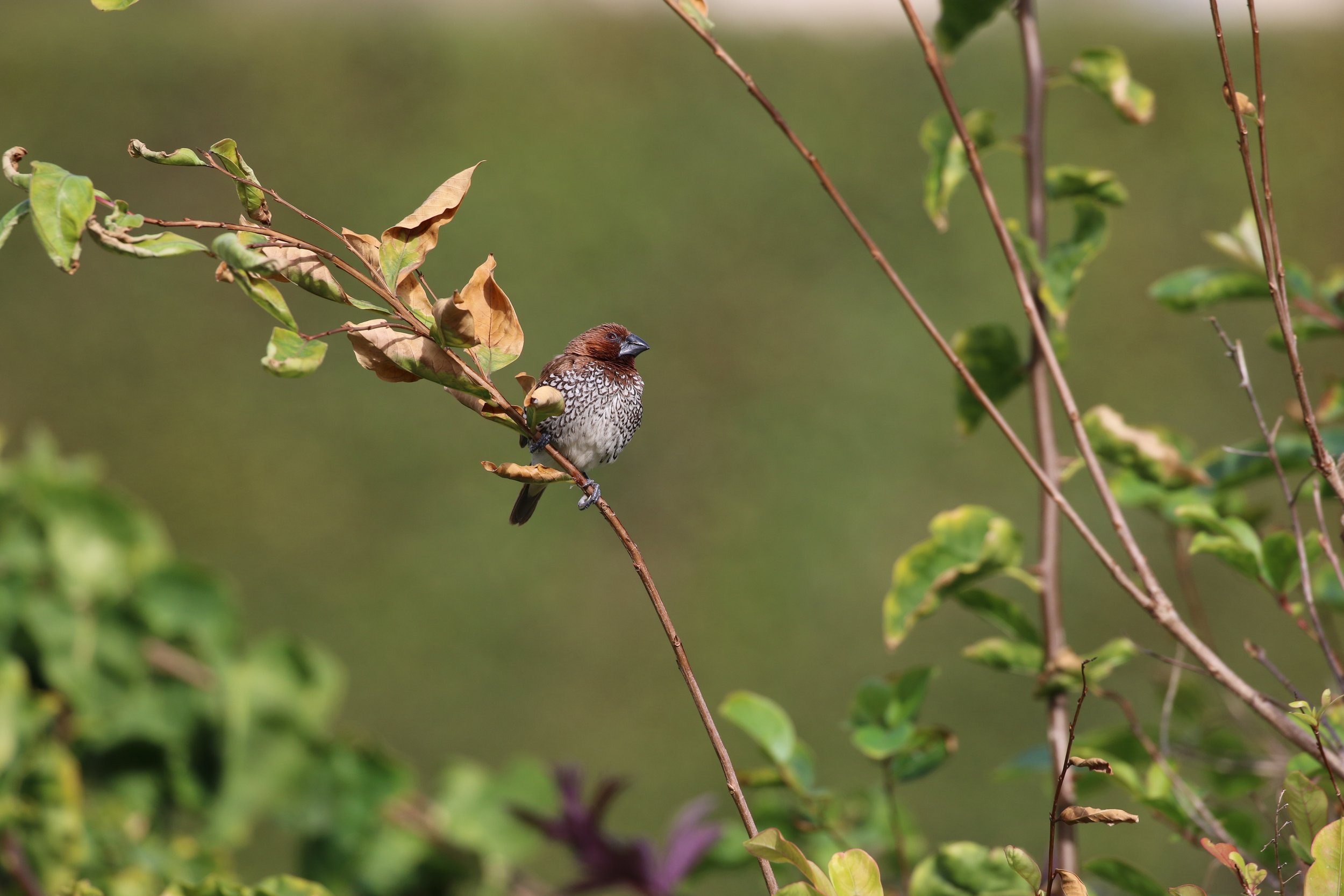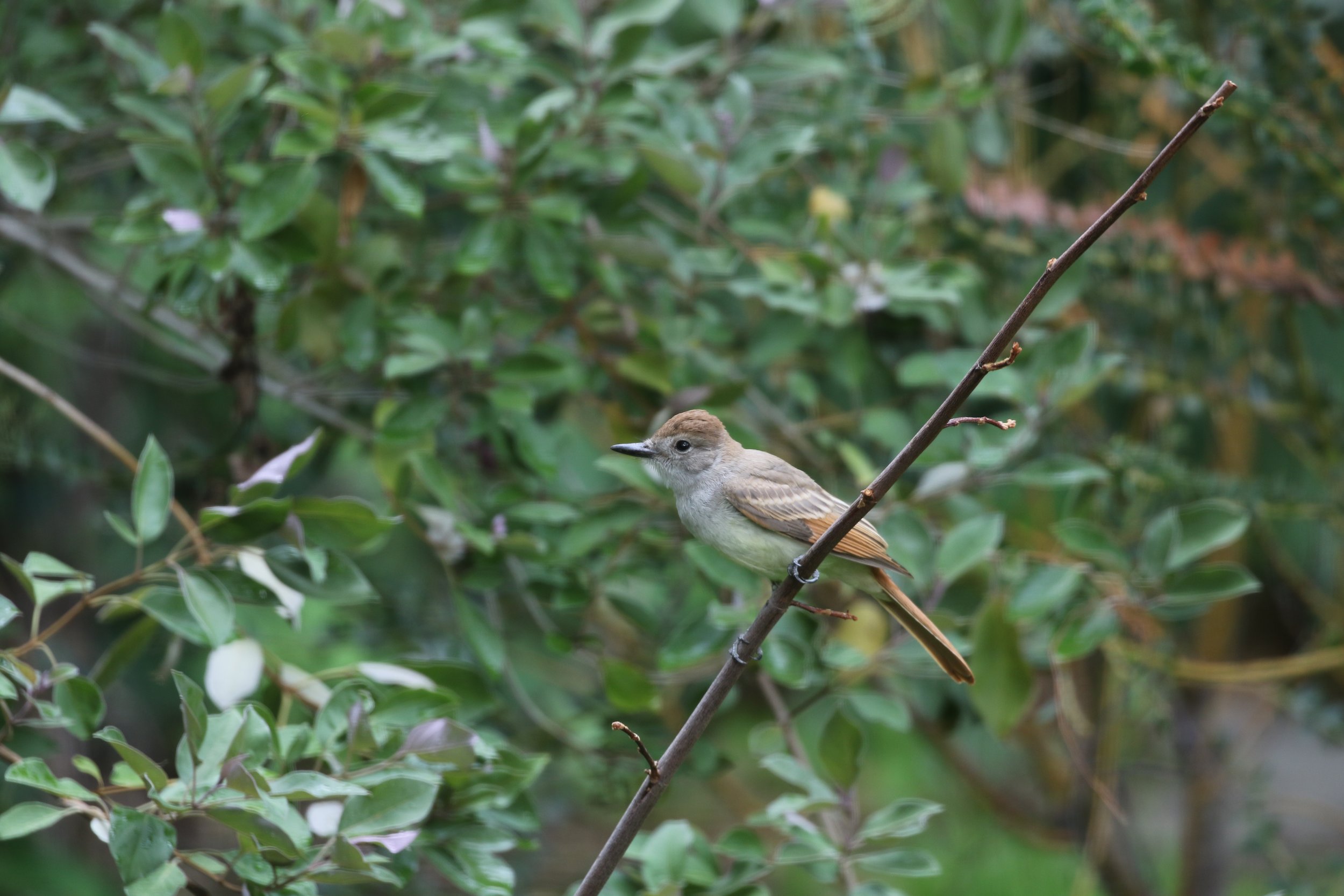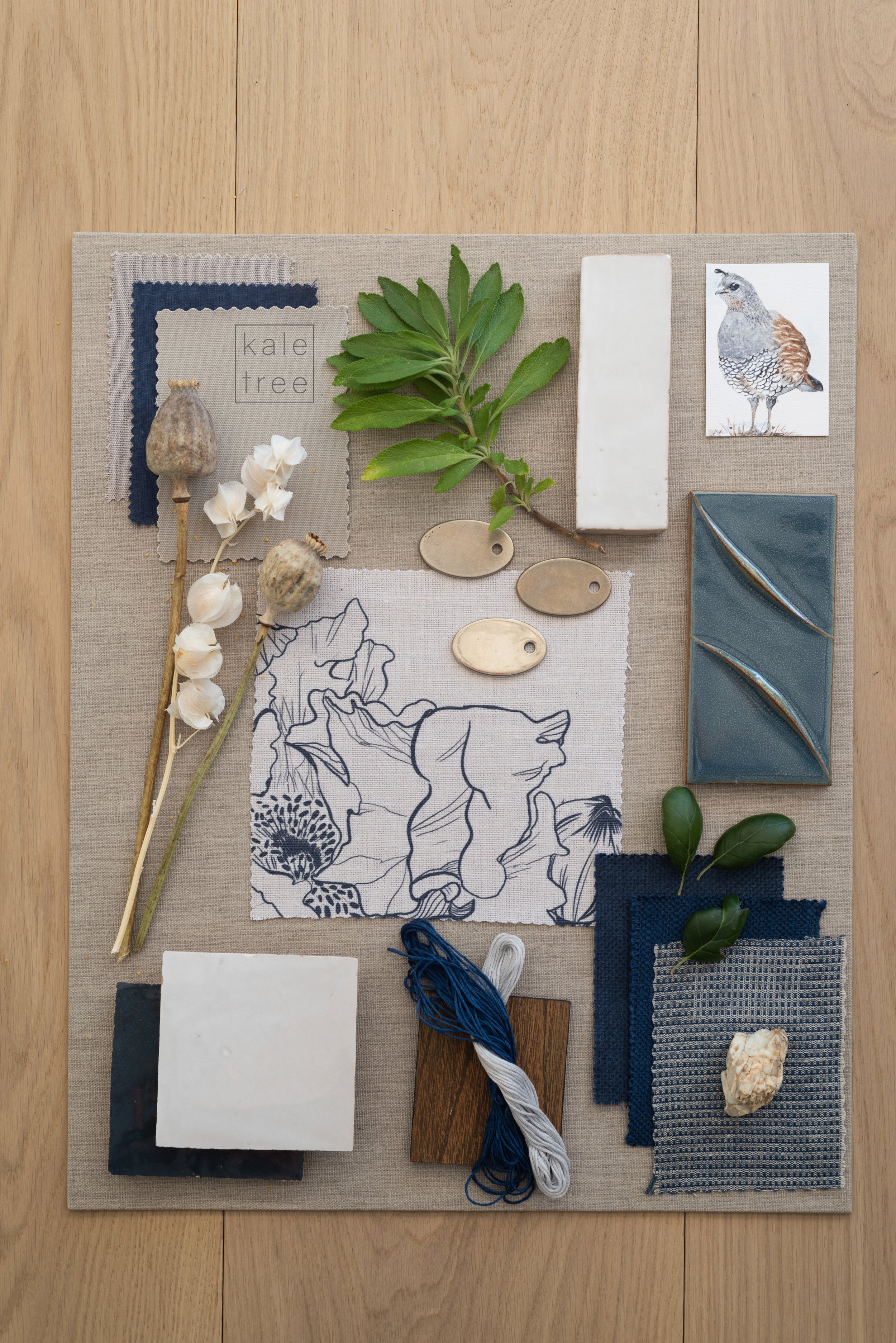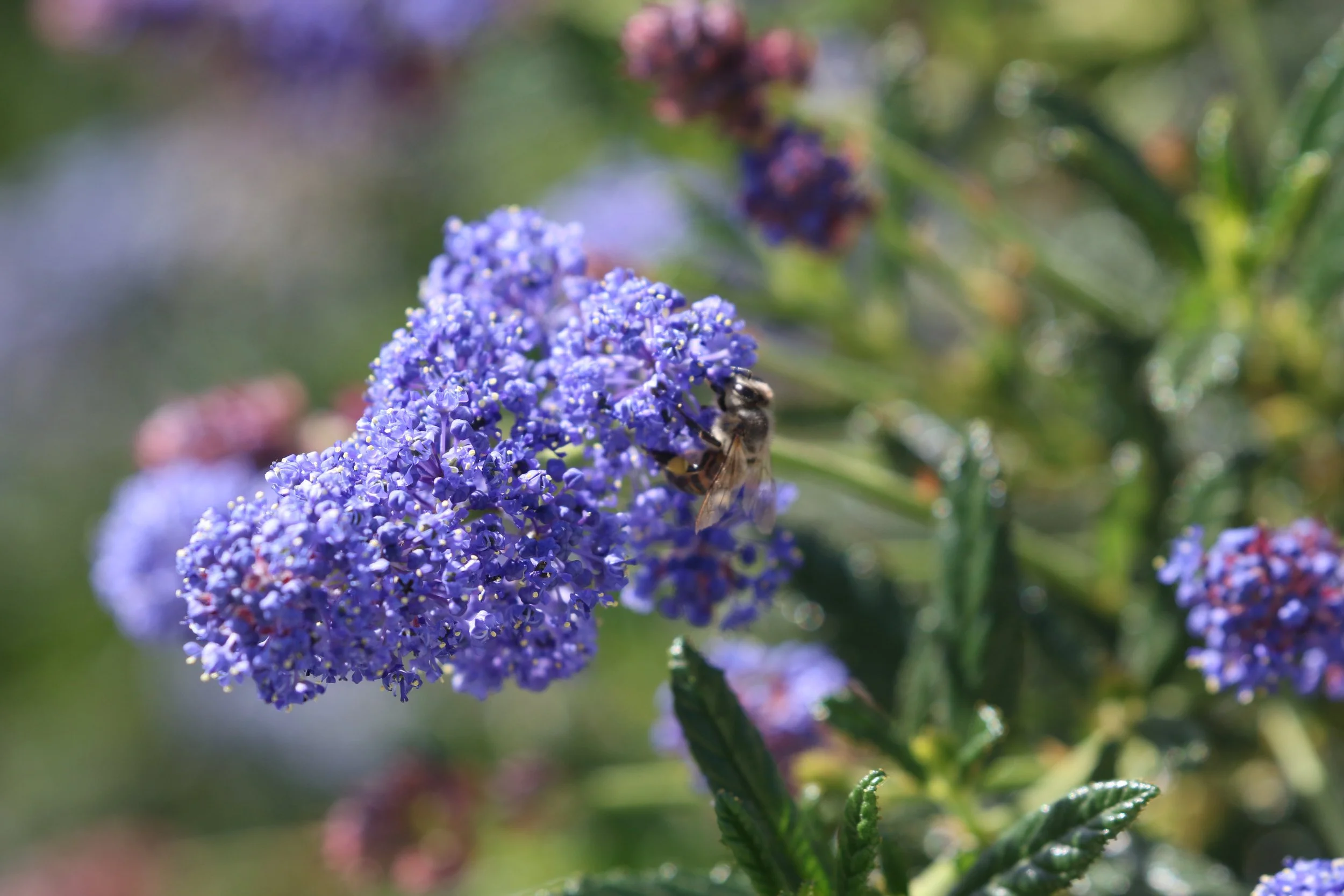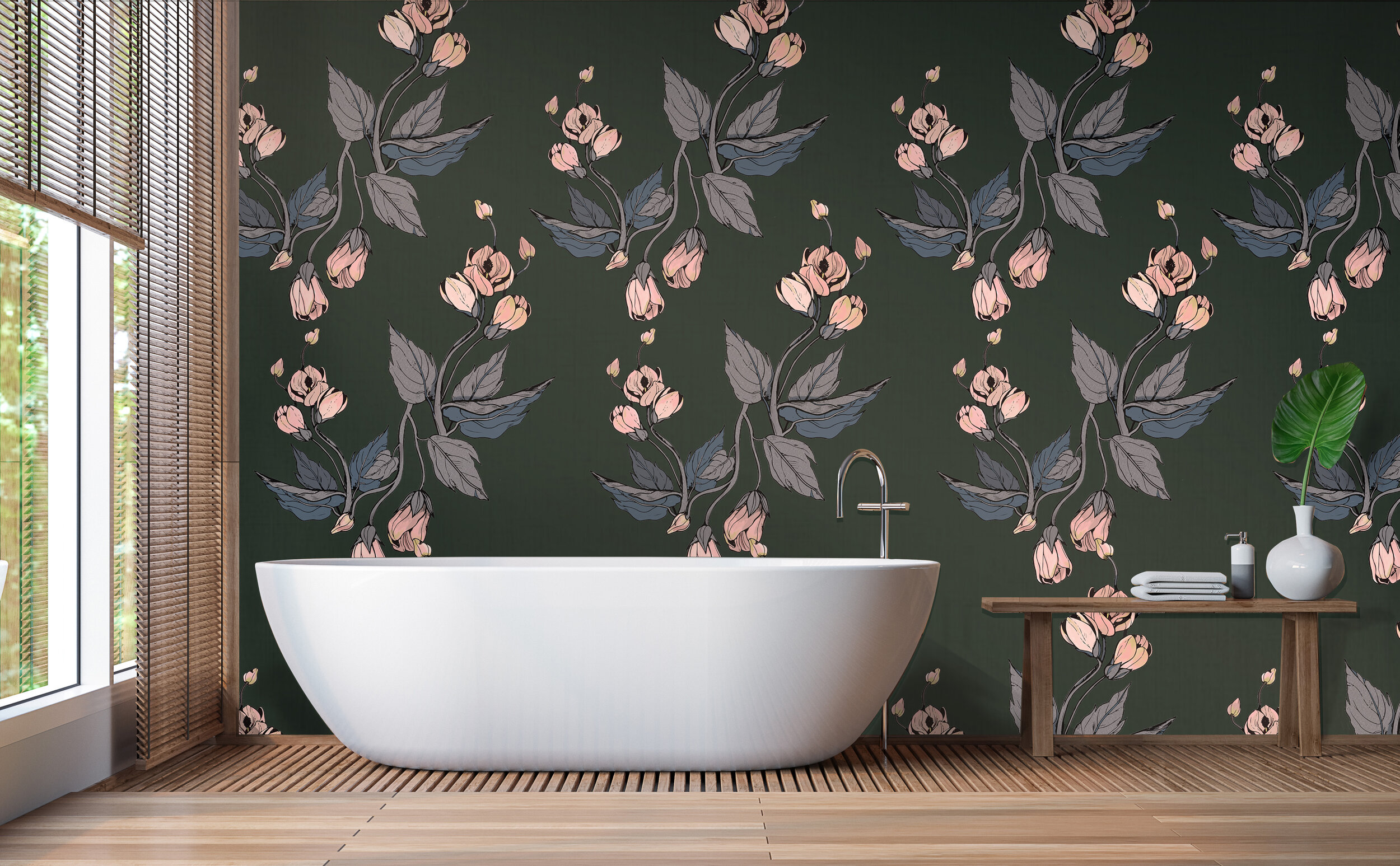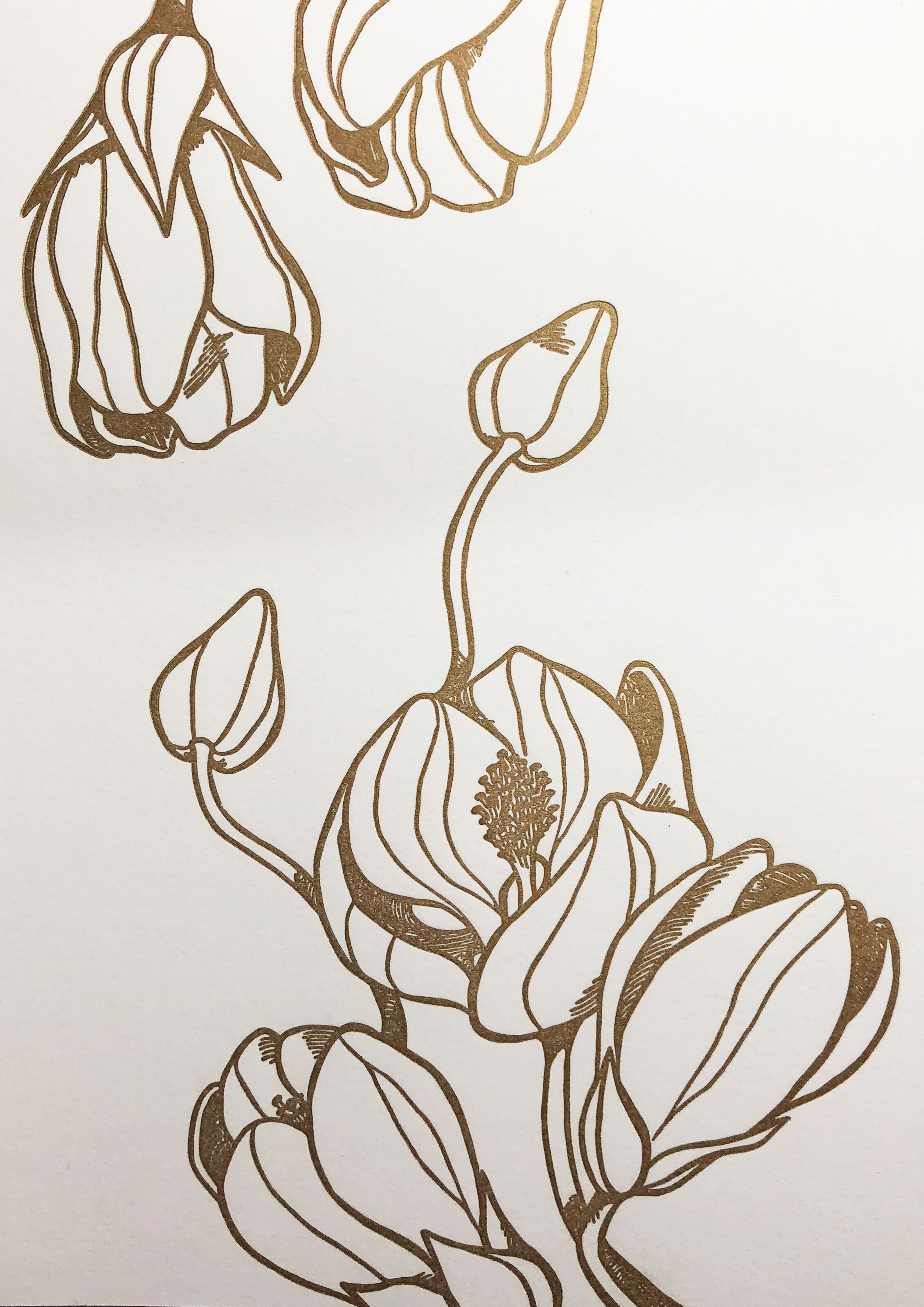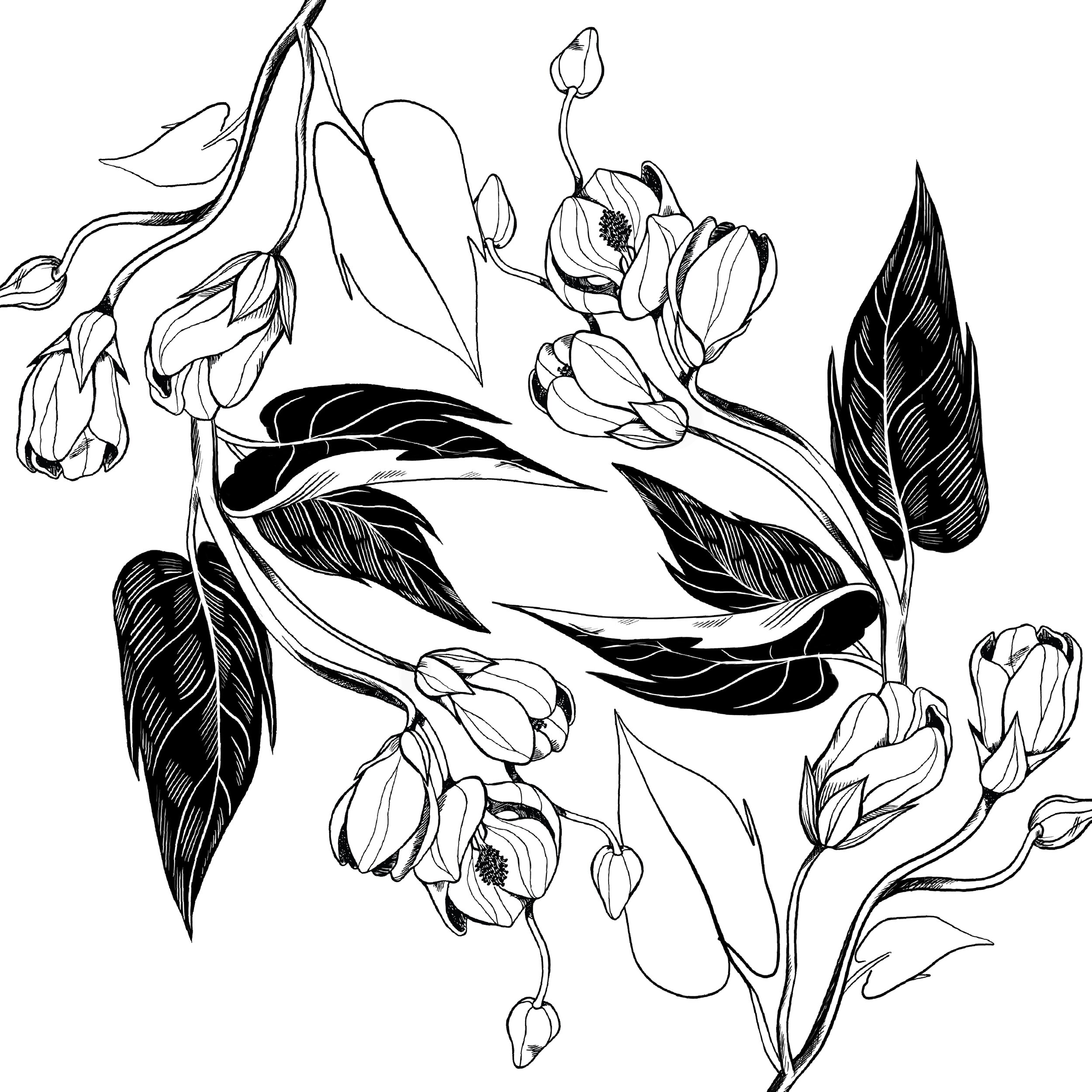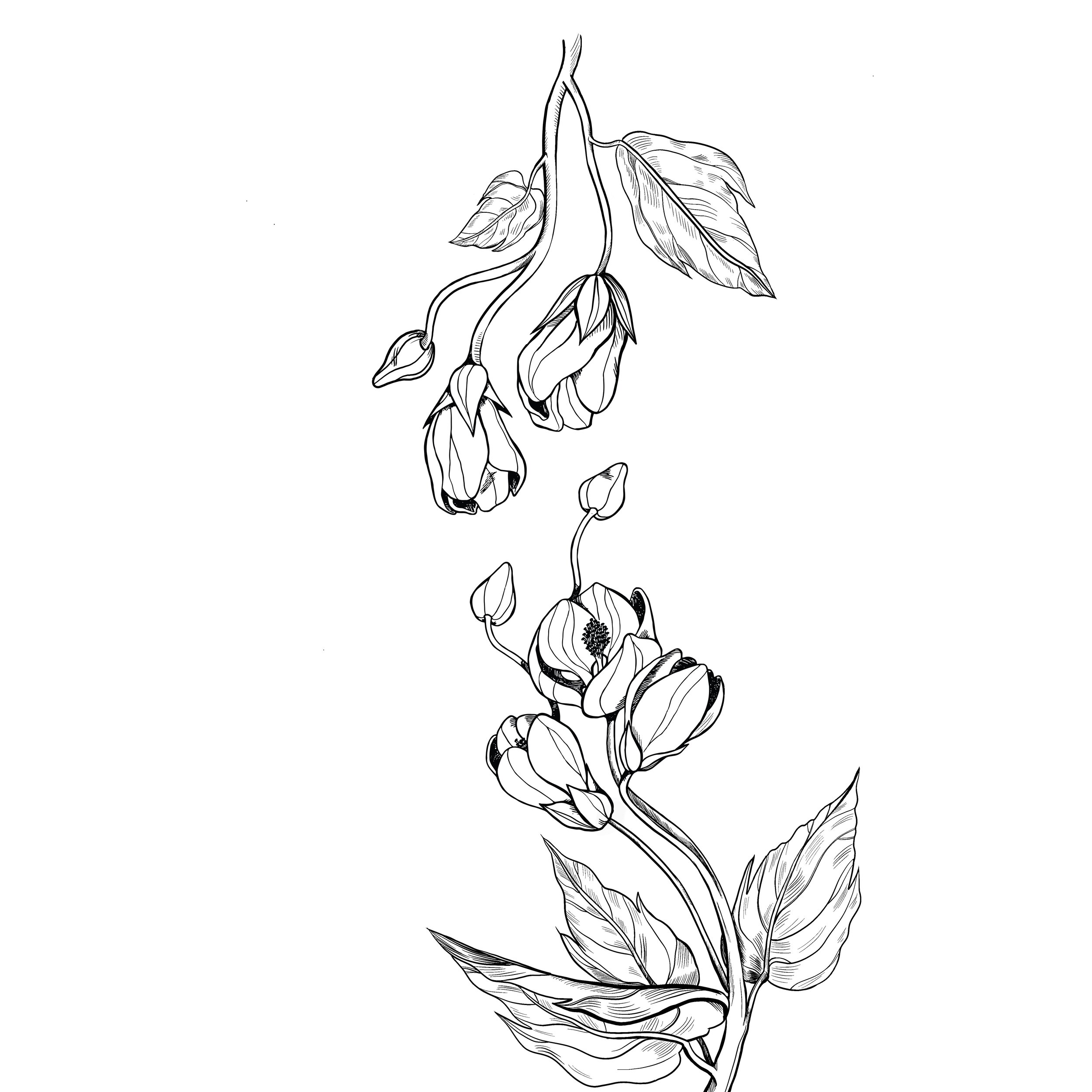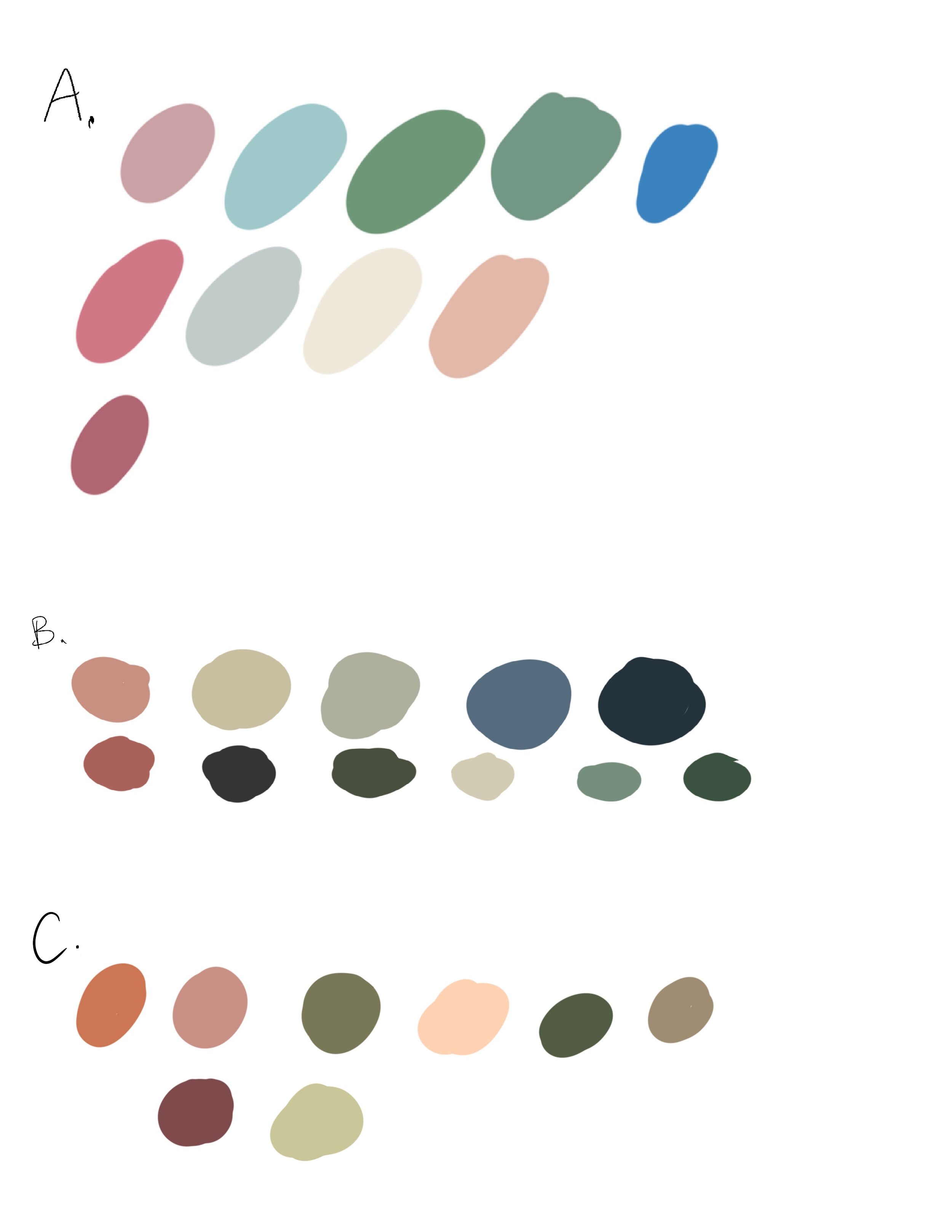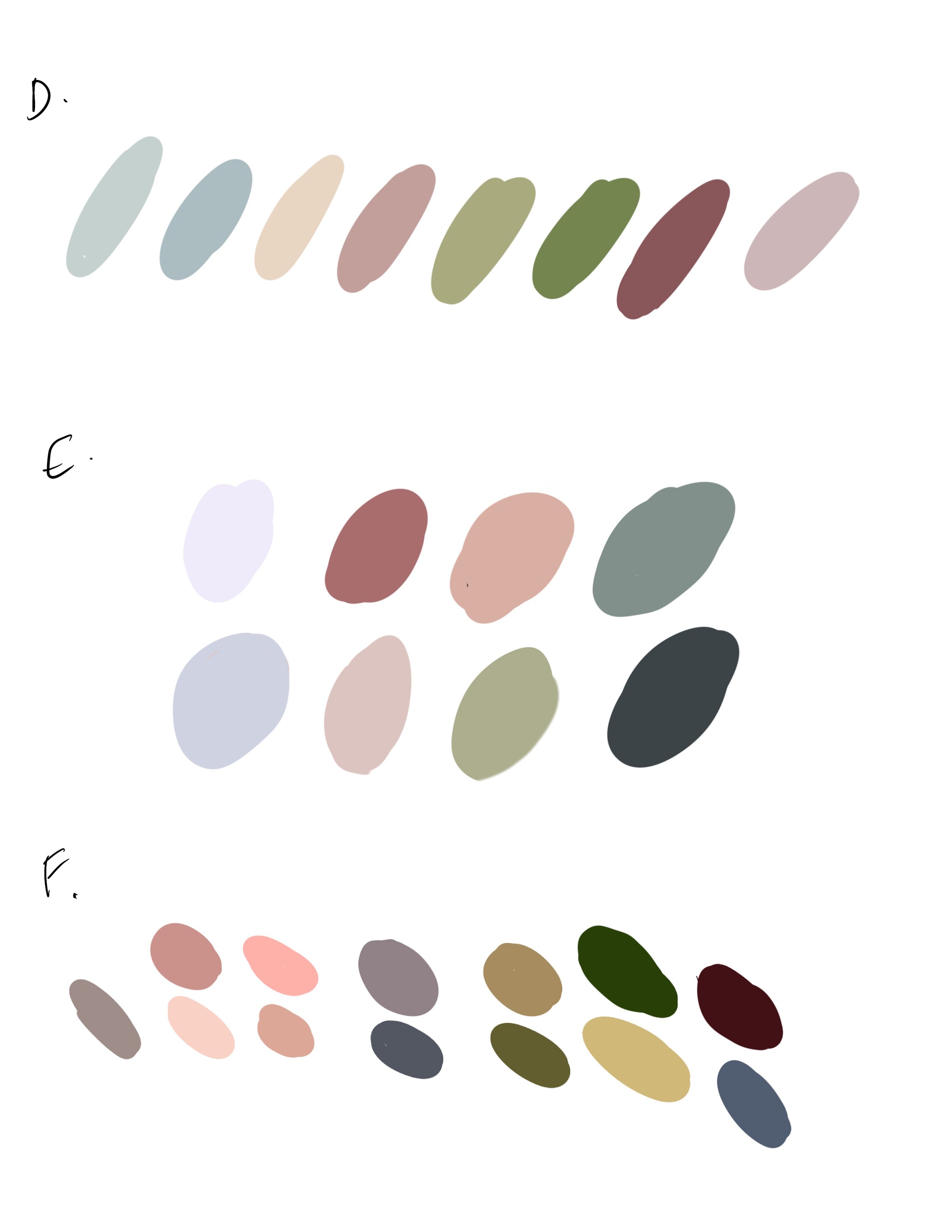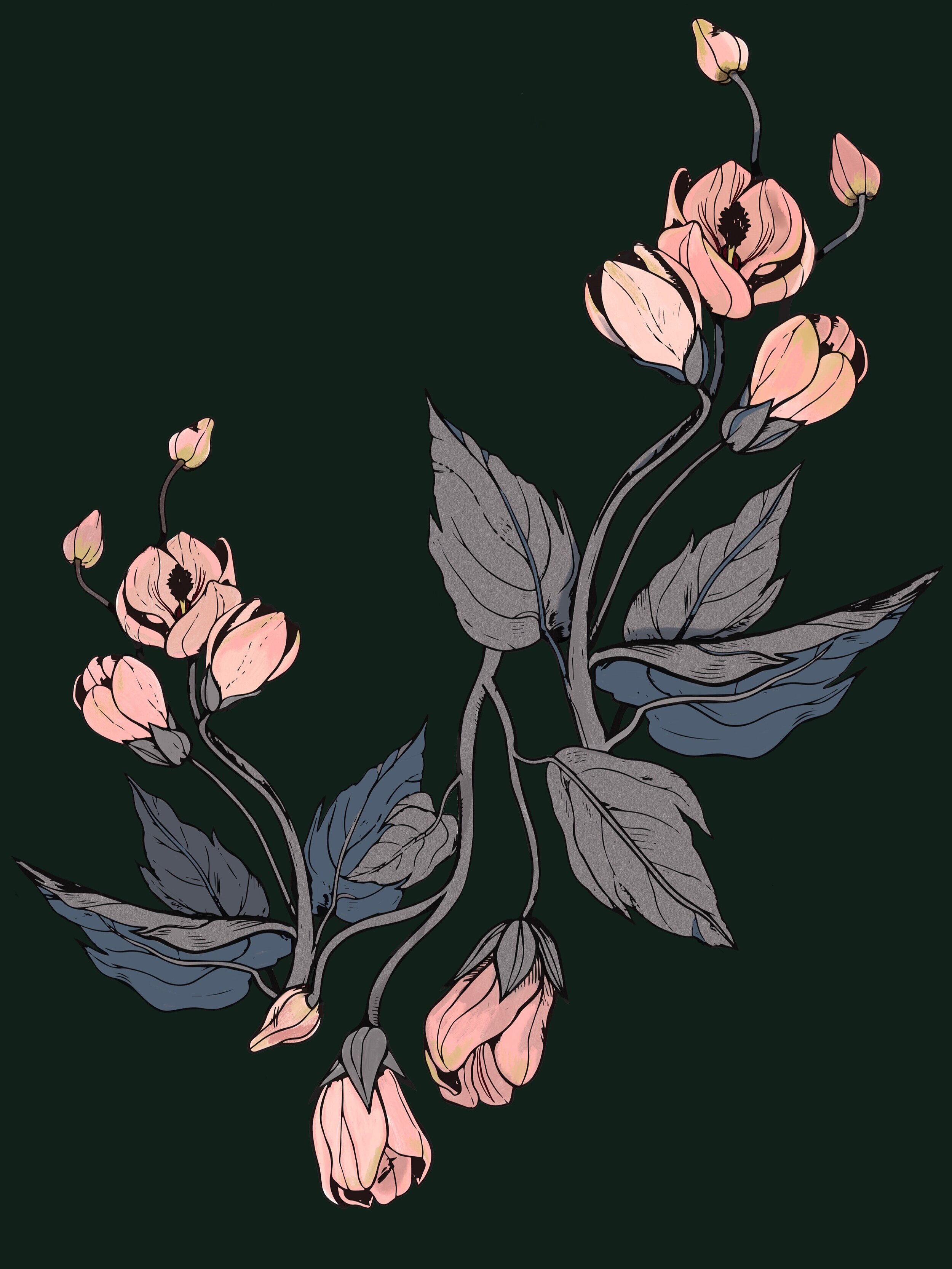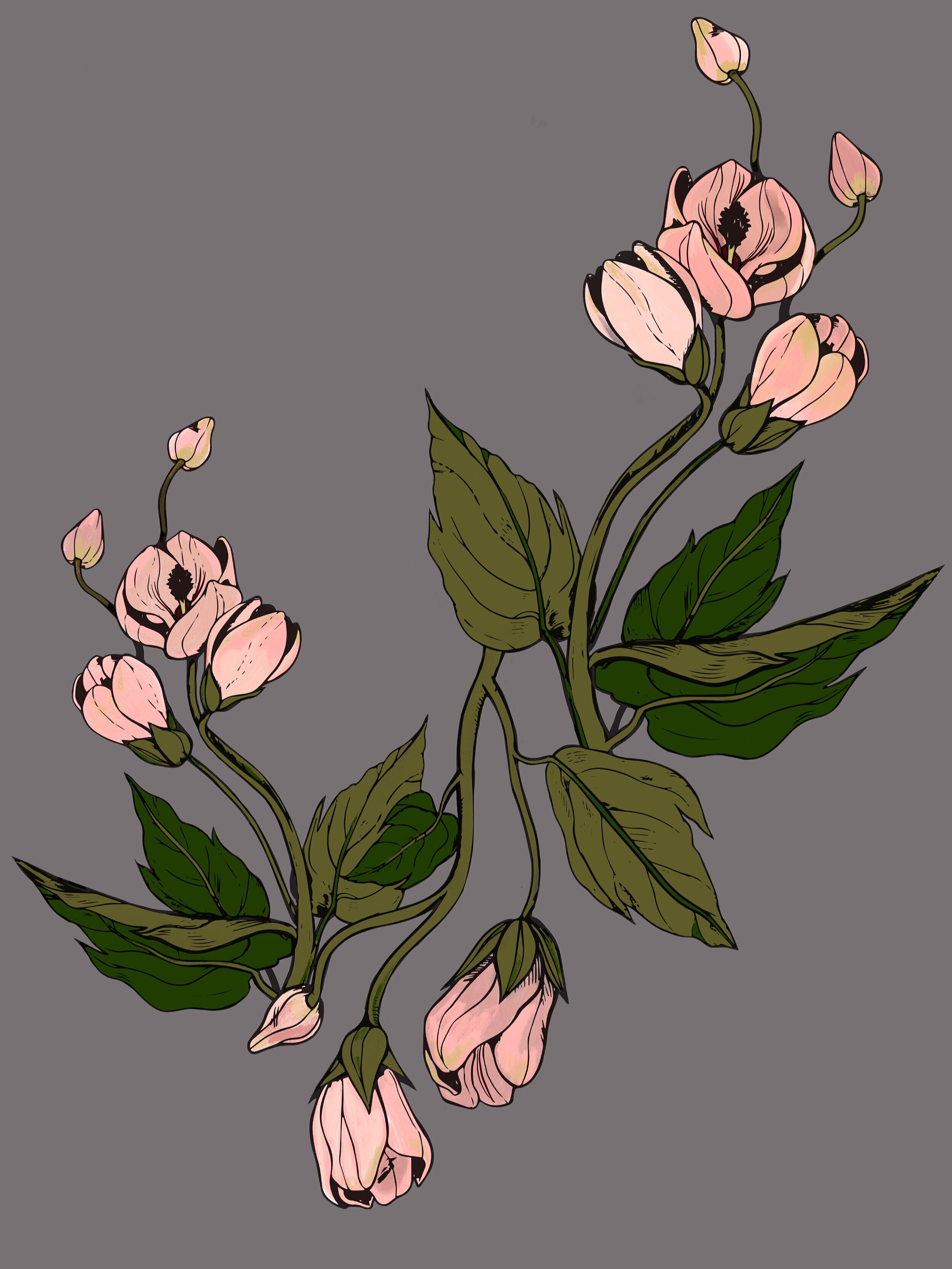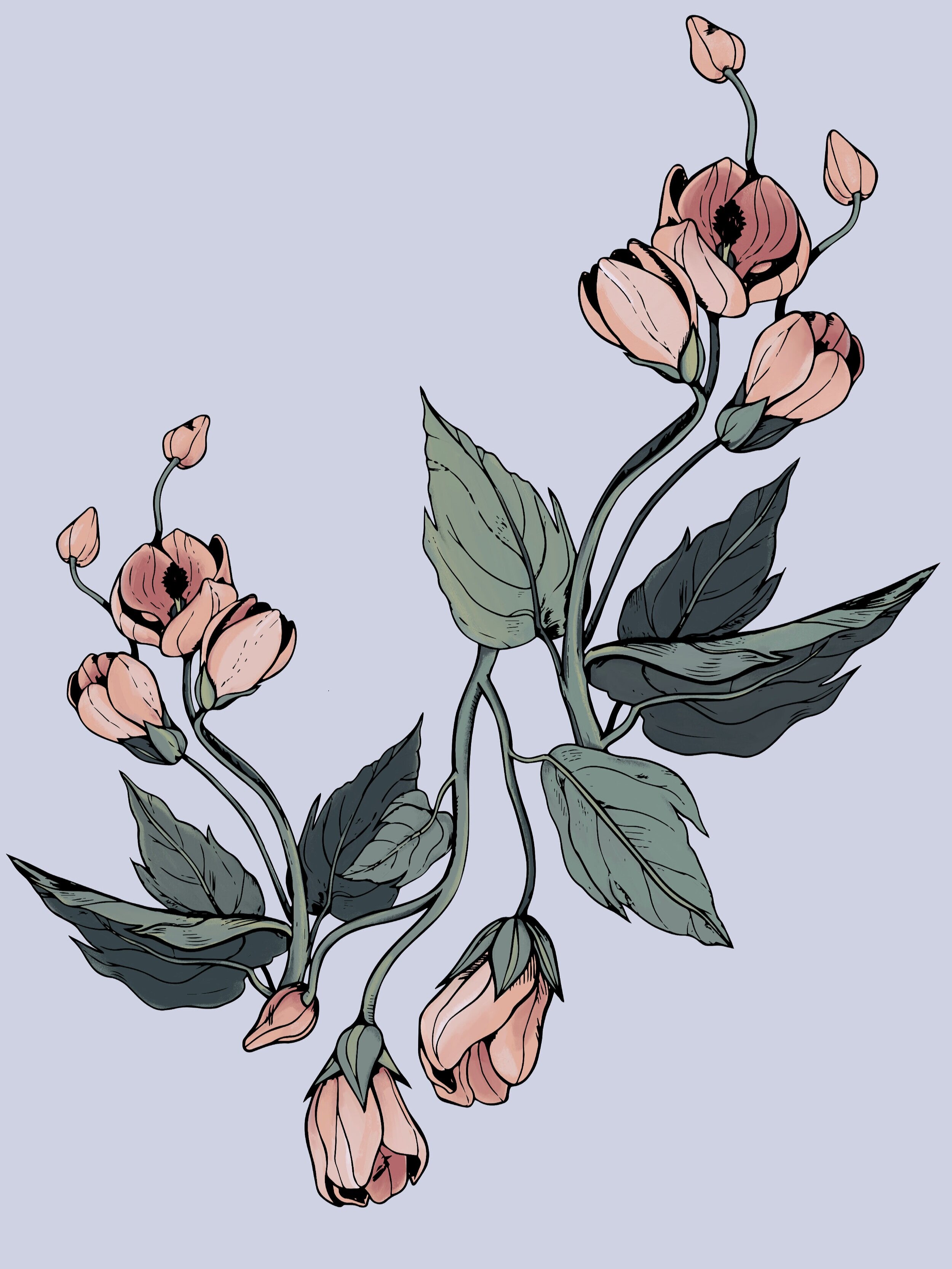Birdwatching as mindfulness: Creative connections within the bird watching community.
The benefits of looking at nature are everywhere, no matter where you live. Outdoor recreational activities such as hiking and being in nature promote feelings of well-being. Recent research by academics at the University of Exeter, the British Trust for Ornithology, and the University of Queensland suggests that birding, in particular, has mental health benefits. Researchers in the UK recently determined that people who saw more birds in their daily lives experience less stress and depression. Bird-watching is a practice that encourages mindfulness and patience. Simply watching a bird feeder can be beneficial for your mental health.
Birding also benefits your mental health through the community and friendships that it creates. A love of birding connects people from all walks of life and is what initially drew interior designer Sarah Barnard, WELL AP + LEED AP, to the artwork of Vivienne Edwards.
The watercolor paintings of small birds included in several of our mood boards for the Matilija Poppy Textile and the Mallow Textile are by the artist Vivienne Edwards. Vivienne is based in South Africa and makes small watercolors of birds that she encounters in the natural environment around her. Sarah discovered Viviennes' work one day by chance, drawn to the intimacy of their small size (2.5 x 3.5 in) and how they reflect the artist's relationship with her natural surroundings.
Sarah is an avid birder and felt that Vivienne's paintings would be a special addition to her art collection. Sarah commissioned a small set of paintings from Vivienne based on photographs Sarah took of favorite birds in her garden.
These magical birds are featured in a series of Kale Tree mood boards, whose nature-inspired luxury eco fabrics incorporate biophilic prints inspired by the intersection of art, design, and nature. Sarah thought these paintings contributed to the overall feeling of these mood boards, which feature a series of natural materials and textures that help visualize the collection of objects that make up an interior space.
The bird featured in this Kale Tree mood board for the Matilija Poppy Textile in Putty is a Ruby-crowned Kinglet (Regulus calendula); this is a tiny, very cautious bird that can be quite timid. Sarah has mainly spotted the Ruby-crowned Kinglet in the Acacia cultriformis tree in her garden, which it uses as a safe passage to the water bowl. It is a fairly solitary bird that does not stay out in the open for too long. Its ruby crown is very subtle, making it difficult for her to identify at first, and she was very happy when she did. The hand-drawn pattern of this floral textile is inspired by Matilija Poppies (Romneya coulteri), a favorite California native flower.
The Hermit Thrush (Catharus guttatus), is a bird with which Sarah feels a real fascination and kinship. Of all the songbirds, the Hermit Thrush is considered to have one of the most beautiful songs. The first time Sarah saw a Hermit Thrush, she was overcome and entranced by the beauty of this bird which felt like it had a magic quality. The Hermit Thrush is quite solitary; it moves along the edges of the garden with cautious stealth, so it feels like a special moment when it is spotted. Hermit Thrushes seldom visit backyards making this sighting and painting all the more special, a beautiful and meaningful addition to the Matilija Poppy Textile (Midnight) mood board from Kale Tree.
The mood board for the Matilija Poppy Textile (Bluestone) features a painting of the California Quail (Callipepla californica), the California state bird. This bird has beautiful feather patterns and enchanting qualities similar to the hermit thrush. Sarah had only ever seen California Quails in the desert until she moved to her new house, where she saw a pair walk across her patio one day. This experience was delightful and magical as it possibly meant they were nesting nearby. Sarah intends to plant a quail bush (Atriplex lentiformis) in her garden to encourage the birds to stay a while.
The painting featured in the mood board for the Matilija Poppy Textile (Natural) is of a Scaly Breasted Munia (Lonchura punctulata). You can usually find this small songbird in grasslands, gardens, and fields; the scaly spots on its underbelly and the color palette of its feathers compliment the stamens in the center of this poppy textile. Sarah first saw this bird in her garden and had never seen a bird like it before. She was surprised to learn that it was an introduced species from South East Asia. On watching this bird, she was struck by how familial and social they are; they are hardly ever seen alone and are often spotted sharing food and space. The Scaly Breasted Munia is also a lot less timid around humans, usually happy to sit and listen to a little bit of a human-to-bird conversation.
A painting of a Bewick's Wren (Thryomanes bewickii) is paired alongside a series of natural materials in the mood board for the Mallow Textile (Evening Mauve). The Bewick's Wren was originally one of Sarahs' favorite birds and has been in Sarahs' life for a long time. At her last house, a mother Bewick's Wren, taught her babies to eat suet cake from her bird feeder. The mother wren would also leave baby birds in a bush in Sarahs' garden while they went to forage, allowing her to spend some time with these usually solitary birds. Although they are usually found in dry bushy areas, the Bewick's Wren is also at home in gardens and parks in suburbs and cities. Its ability to live in natural and built environments creates a lovely allegory reflecting the design philosophy behind this floral fabric.
In this last mood board, a painting of an Ash-throated Flycatcher (Myiarchus cinerascens) accompanies a swatch of the Mallow Textile (Midnight Forest). These birds are often found in dry places, and as a result, they don't need to drink much water. Instead, they get the water they need from their food. Sarah often sees these birds in her garden, but explains that patience is required as they are usually on a perch somewhere, sitting, waiting, and surveying for insects that they catch in mid-flight.
Vivienne Edwards is a self-taught artist from South Africa who loves to work with the unpredictability of watercolors. She is fortunate to live in a wildlife-rich region with abundant bird life and wetlands. Her work takes inspiration from the small creatures in the natural environment around her, going about their daily lives with such purpose and energy. It is often a show of vulnerability from this wildlife that prompts what she decides to paint, such as a Sparrow delicately picking a sprig of parsley for its young.
Sarah and her team love working with other artists, especially those who celebrate the beauty of nature and inspire joy through their work.
Bibliography
“Beautiful Birding: 7 Mental Health Benefits of Bird Watching.” Happiness.com, 27 Jan. 2022, https://www.happiness.com/magazine/art-culture-leisure/mental-health-benefits-of-bird-watching/.
Leahy, Christopher W. “Teaching Your Mind to Fly: The Psychological Benefits of Birdwatching.” Princeton University, The Trustees of Princeton University, 31 July 2021, https://press.princeton.edu/ideas/teaching-your-mind-to-fly-the-psychological-benefits-of-birdwatching.
Ray, Heather. “A Dose of Nature: Why Birding Will Boost Your Mental Health.” Birds and Blooms, Birds and Blooms, 27 Apr. 2022, https://www.birdsandblooms.com/birding/birding-basics/birding-health/#:~:text=Researchers%20in%20Kentucky%20found%20that,beneficial%20to%20your%20psychological%20health.
Sarah Barnard is a WELL and LEED accredited designer and creator of environments that support mental, physical and emotional wellbeing. She creates highly personalized, restorative spaces that are deeply connected to art and the preservation of the environment. An advocate for consciousness, inclusivity, and compassion in the creative process, Sarah has appeared in Architectural Digest, Elle Décor, Vogue, HGTV and many other publications. In 2017 Sarah was recognized as a "Ones to Watch" Scholar by the American Society of Interior Designers (ASID).
Happy World Bee Day!
The UN has designated May 20th as World Bee Day to celebrate bees and highlight their essential work in the function of our ecosystem. Through pollination, bees work together with many species such as butterflies and hummingbirds to create a livable environment for all, contributing massive efforts to biodiversity and food security. Unfortunately, despite their critical role in maintaining a habitable ecosystem, the bee population is rapidly declining due to unsustainable farm practices and rising temperatures. As a team of nature enthusiasts and bee lovers, Kale Tree celebrates World Bee Day by sharing our appreciation of this incredibly hardworking and diverse insect.
Bees are an extraordinarily diverse species-- There are 30,000 different species of bee across the world, approximately 4,000 species in the United States, and over 1,500 identified bee species just in California! As such, California is home to some of the most diverse bee populations in the country, which is reflected by the state's equally large and diverse plant population.
One of the many bees you can find in California is the Apis mellifera, commonly known as a Honey Bee. Aptly named, Honey Bees are the only bee species that make enough honey to harvest. Honey Bees are highly social and are identifiable by their thick bodies and yellow or brown striped abdomens. Male Honey Bees do not have stingers, although they are typically larger than their female friends. Although Honey Bees can be found in California, they are native to Europe and pollinate in areas worldwide.
Another bee commonly found in California is the gentle Xylocopa, also known as Carpenter Bees. Carpenter bees are shiny, large, and stout in appearance and have sparse hair covering their bodies. There are three different species of Carpenter bees in California, and they tend to nest in soft, decaying woods. Carpenter bees have small mouths and typically visit larger flowers as they are easier to derive nectar.
The ever-fuzzy, stout, and large Bombus, or Bumble Bee has black hair covering their bodies with yellow, white, or red bands. There have been 27 different Bumble Bees recorded in California, and the Bombus californicus or California Bumble Bee is native to the state. Bumble Bees tend to nest underground, but some species are known to nest in abandoned bird nests or birdhouses. Bumble Bees pollinate from a broad range of plants and food sources, including avocados, cherries, and blackberries. Bumble Bees are unique in their ability to engage in "buzz pollination," in which they vibrate at a frequency required for pollen to release from plants such as tomatoes, eggplants, and peppers.
Many people think of bees as pests and take measures to deter them from gardens and outdoor activities to avoid being stung. However, bees are generally non-aggressive and can be easily identified by their compact, hairy bodies to distinguish against common stinging insects, such as wasps, who have long bodies with little to no hair. While there are thousands of bee species on Earth, many are identifiable through their branch-like hair, two pairs of wings, and "well-developed antennae."
We can support bees and their pollination efforts by creating gardens that are attractive to many species of bees. With the right plants and a little research, your garden can attract up to fifty different bee species. Flowering California native plants can be beautiful additions to your garden while helping to support bees.
At Kale Tree, we celebrate bees every day through our nature-inspired, eco-friendly home decor.
Bibliography
Frankie, Gordon W., et al. California Bees and Gardens. Heyday, 2014.
Jadallah, Christopher, et al. Common Bees in California Gardens. University of California Agriculture and Natural Resources, 2015.
“World Bee Day.” United Nations, United Nations, 2022, https://www.un.org/en/observances/bee-day.
Wallflower: A lesser-known floral blossoms into its moment with a new eco wallpaper
Kale Tree Founder Sarah Barnard is an advocate of all things nature. “Being in nature brings me great pleasure, and is the source of inspiration for much of my work,” says Barnard. “Setting aside time to enjoy and plant in my garden helps me decompress, and fully engage mentally and physically outside of my design practice.
Kale Tree Founder Sarah Barnard is an advocate of all things nature. “Being in nature brings me great pleasure, and is the source of inspiration for much of my work,” says Barnard. “Setting aside time to enjoy and plant in my garden helps me decompress, and fully engage mentally and physically outside of my design practice. After gardening, I feel re-energized, focused, and ready to return to work.” One of Sarah’s favorite plants is Mallow. She has three different varieties that she tends to in her garden.
Mallow is a free-flowering plant that blooms beautifully draping, lantern-shaped blossoms of all varieties of pinks, yellows, reds, and whites. There are about 200 species in this particular genus. Also referred to as the Flowering Maple, Chinese Lantern, and Indian Mallow, this shrub earned its names from its maple-like leaves, lantern shape flowers, and mallow genus. These shade-loving plants are delicate, requiring regular care and maintenance. This effort can be fruitful; however, as a happy Mallow can flower almost non-stop. These stunning plants are pollinator-friendly, attracting hummingbirds, butterflies, and bees alike[1].
While most commonly planted for ornamentation in gardens, the Mallow has qualities that benefit health and well-being. Some Mallow species have a history of medicinal uses for emollient, analgesic, anti-diabetic, and anti-inflammatory purposes, to name a few[2]. Their flowers produce nectar, making them slightly sweet and astringent[3]. Floriography, the language of flowers, suggests that Abutilon symbolizes Meditation[4].
Out of pure adoration of this plant, Kale Tree created a line of botanical wallpapers inspired by the Mallow.
The line drawing for the wallpaper began as the annual letterpress holiday card for Sarah’s interior design studio. The Kale Tree team reworked and expanded the original illustration into a pattern for wallpaper and textiles. Photographs of Mallows in Sarah’s garden were used as references to develop the drawing. Kale Tree designers chose to render the Mallow in a larger than life scale to highlight their extraordinary beauty and bring a contemporary feel to the notion of traditional floral wallpaper. The color palette was adapted from Victorian Era paintings as a nod to art history, marrying classical with contemporary. Pink is utilized generously throughout the illustrations as it happens to be one of Sarah’s favorite colors. “Clients seldom choose to incorporate pink into their spaces, so Kale Tree is my outlet to explore and indulge in this color,” says Sarah.
Kale Tree’s eco-friendly wallpaper features a subtle surface texture and a hand-drawn pattern. It is available in three colorways: Midnight Forest, Evening Mauve, and Dusty Dawn. Designed with nature in mind, this product is a PVC-free, type II wallpaper made with 31% post consumer, recycled canvas, and printed with a VOC-free process free of solvents. The wallpaper is 33 inches wide by 18 feet long and is sold per 49.5 square foot roll. Kale Tree aims to promote health and wellbeing through introducing our healthful, ethically produced goods inspired by the intersection of art, design, and nature.
You can pre-order for Spring 2021 here.
References
[1] Mahr, Susan. “Flowering Maple, Abutilon Spp.” Master Gardener Program, 5 Aug. 2020, mastergardener.extension.wisc.edu/article/flowering-maple-abutilon-spp/.
[2] Rajeshwari S, Sevarkodiyone SP (2018) Medicinal properties of Abutilon Indicum. Open J Plant Sci 3(1): 022-025. DOI: 10.17352/ojps.000011.
[3] “Abutilon Striatum (Red Vein Indian Mallow).” Gardenia.net, www.gardenia.net/plant/abutilon-striatum.
[4] Deitz, S. Theresa. Floriography Today: The Symbolic Meanings & The Possible Powers of Trees, Plants and Flowers. 2012.


